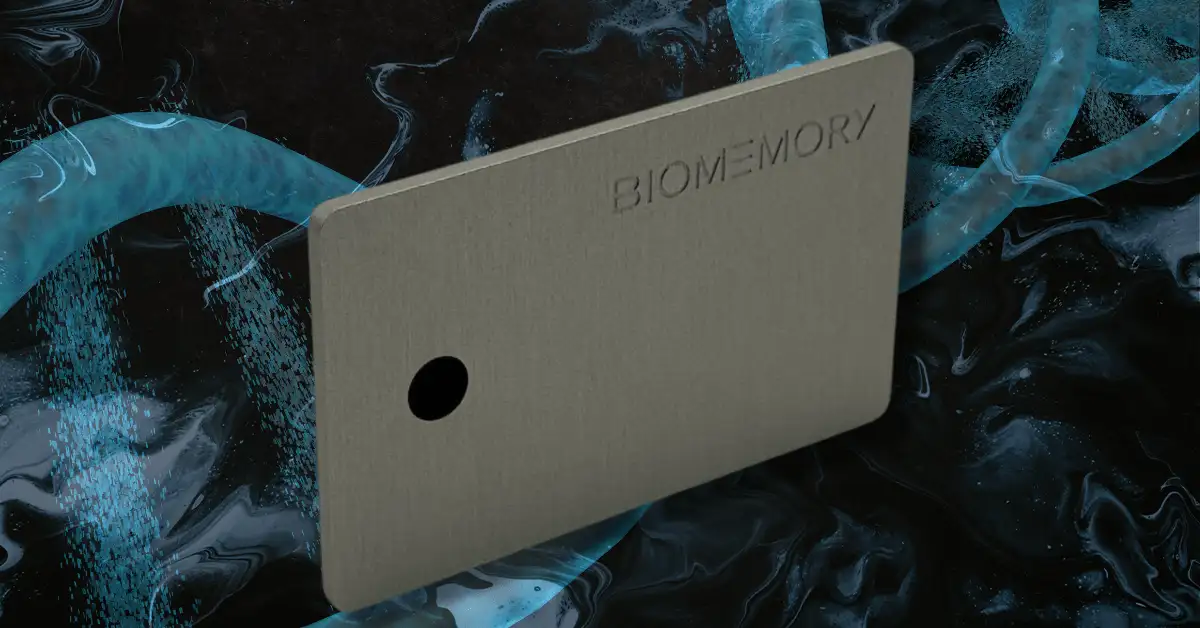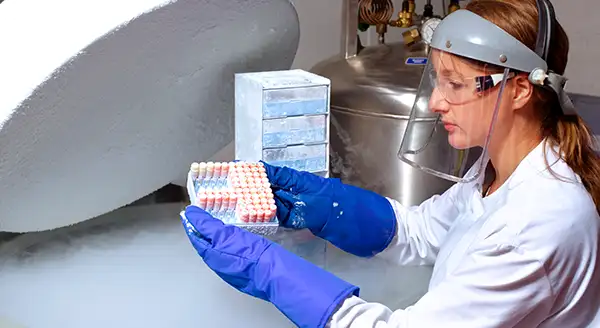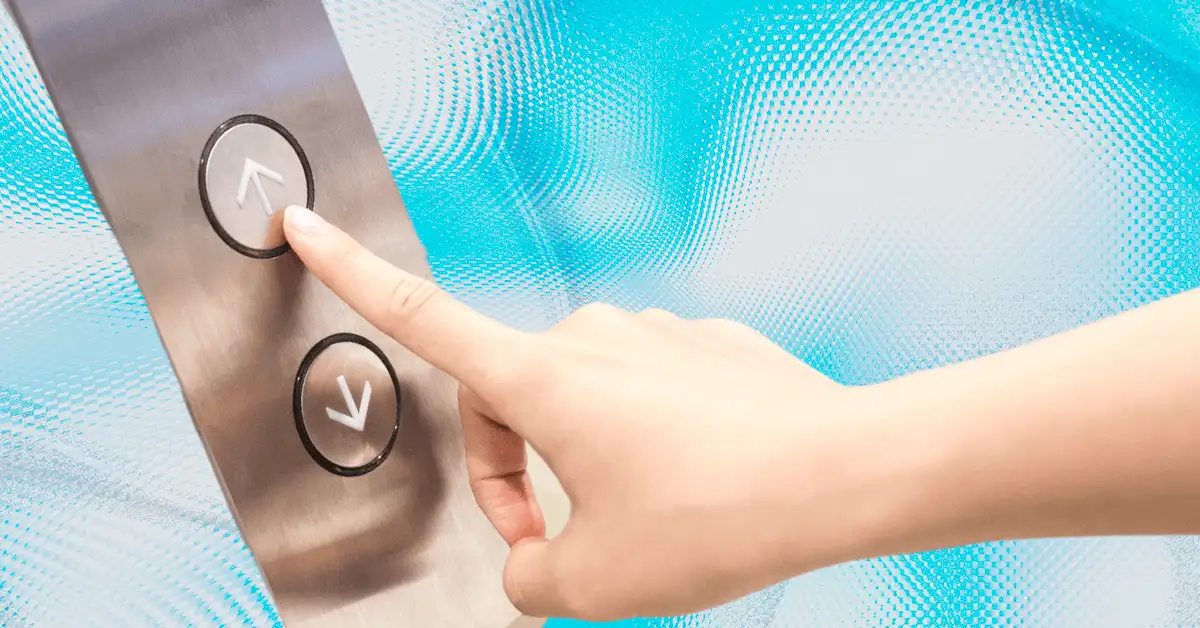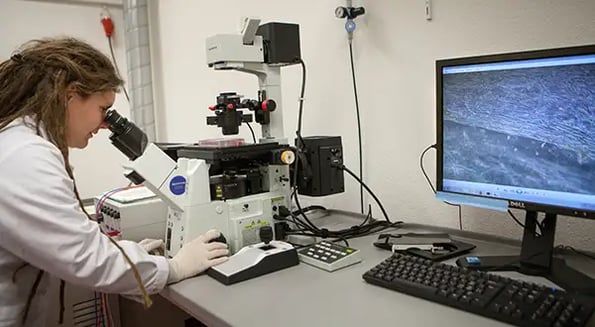
3D bioprinting could help with COVID research and organ transplants
This specialized equipment lets doctors and researchers print living tissues and organs.
Published:
Updated:
Related Articles
-

-

Music you can really feel — no, really
-

Cooling the planet is as easy as putting an umbrella on an asteroid and blocking out the sun
-

Life on (not actually) Mars
-

Indiana Jones inched archaeology forward, but tech is bringing the big leaps
-

The legacy of this late Nobel-winning chemist deserves a plug
-

Is egg freezing ready for a high-tech upgrade?
-

Don’t pretend you aren’t interested in the world’s largest passenger elevator
-

Earth’s deepest problems are being confronted on the surface
-

A woman is suing Jack Daniel’s over whiskey fungus

